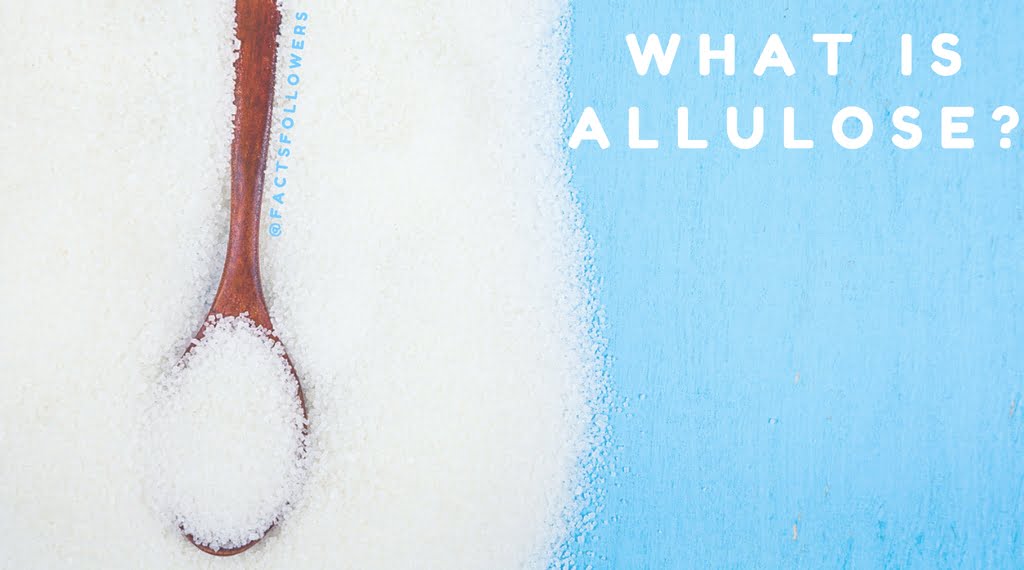- nina@huiyangchem.com
- 0086-0532-55575619
- 24-hour Service
- CN

What is allulose?
Allulose, a monosaccharide also known as psicose, is a rare sugar. It’s found naturally in dried fruits like jackfruit, figs and raisins, but only in small quantities which makes it difficult to extract from its original source. Allulose is about 70% as sweet as sucrose, tastes just like it and even has the same chemical formula (albeit the hydrogen and oxygen atoms are arranged differently). Gram for gram, allulose has approximately 90% fewer calories than sucrose. It’s somewhat hard to find in food products at the moment, but that may change in the future. Scientists have recently discovered ways to produce allulose on a larger scale, making it available as a food ingredient.
Stay close, there may be more to come on allulose
Allulose is still a pretty new entry to the food scene, and while it may be difficult to find at your local market, it’s relatively easy to find online. Feel free to use it in recipes that require cooking, baking or freezing—it’s versatile that way. And, stay tuned as research sheds light on this new sugar alternative.
Due to its extremely low sugar content, allulose is becoming more popular among ketogenic (“keto”) dieters—those who eat so few carbohydrates that the body begins making and using a separate energy source called ketone bodies. But you don’t have to go keto to enjoy this sugar alternative. Allulose is versatile for use in food products that are baked, frozen or in liquid items. These diverse applications makes it an alternative for those looking to reduce sugar content in their food and beverage choices.
In addition to its low caloric content and functionality in food science, allulose is generally recognized as safe (GRAS) by the FDA. It is not metabolized by the body, but is instead absorbed by the small intestine and excreted in the urine. Because of this, allulose doesn’t increase blood glucose or insulin levels.
The applications for allulose allowed by the FDA include carbonated and non-carbonated beverages; rolls, cake, pie, pastries, biscuits and frostings; yogurt, both regular and frozen; frozen dairy desserts, including regular ice cream, soft serve, sorbet; salad dressings; jams and jellies; chewing gum; hard and soft candies; sweet sauces and syrups; gelatins, puddings and fillings; fat-based cream used in modified fat/calorie cookies, cakes and pastries; medical foods; and coffee mix.
In addition to the variety of use applications, allulose has several beneficial health characteristics. When people consume products with allulose, the body absorbs the allulose, but does not metabolize it. Allulose is therefore not converted to glucose, so its calories are not available to the body, making it practically calorie-free. Unlike other caloric sugars, allulose has no impact on blood glucose or insulin levels. Researchers have also found allulose to be well tolerated.
While allulose is available as a sweetening ingredient for food and beverage manufacturers, allulose is not yet available as a table top sweetener.
25KG/PAPER BAG.

White crystal or powder, odorless, sweet and bitter, the sour taste. Melting point of 150 ~ 152 ℃...
Copyright © Dezhou Huiyang Biotechnology Co., Ltd All Rights Reserved| Sitemap |